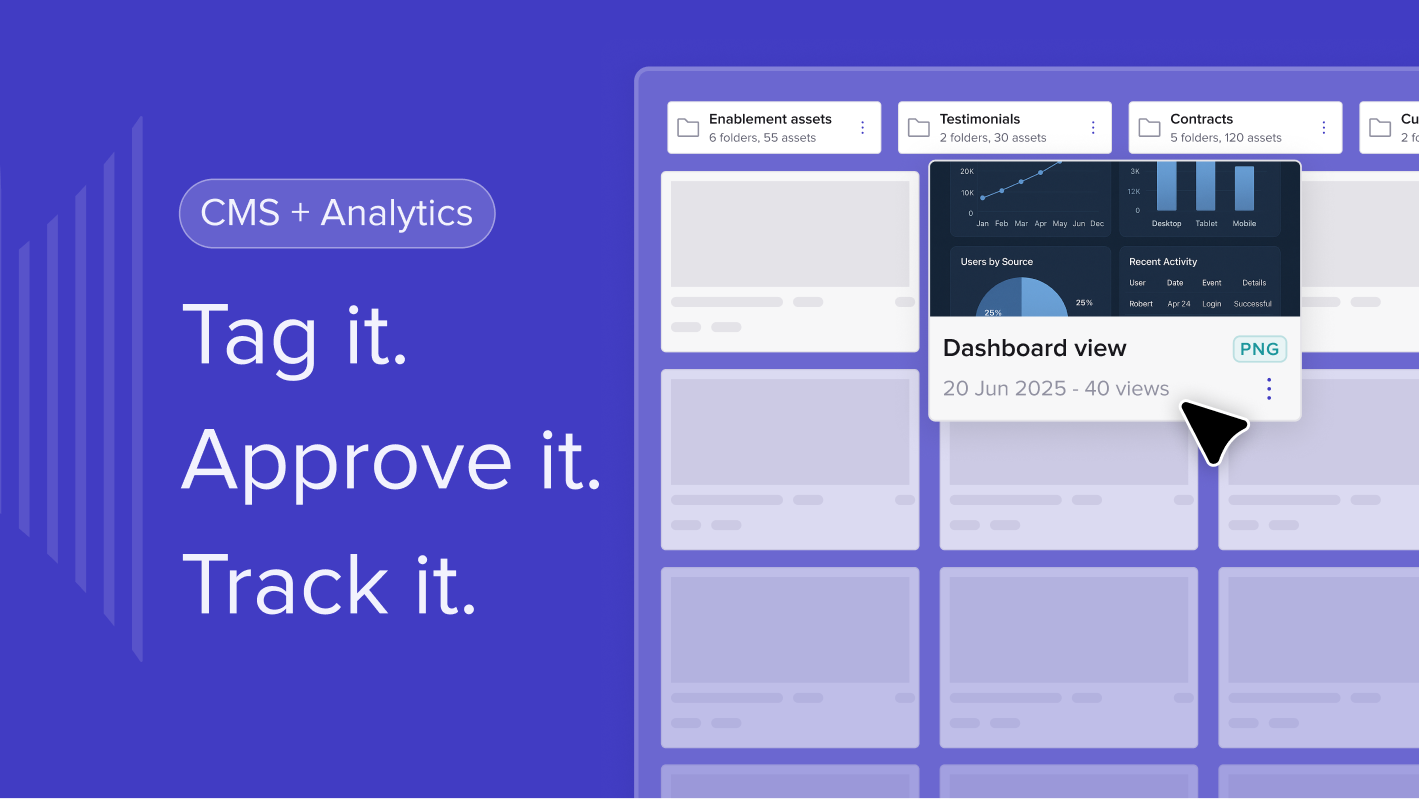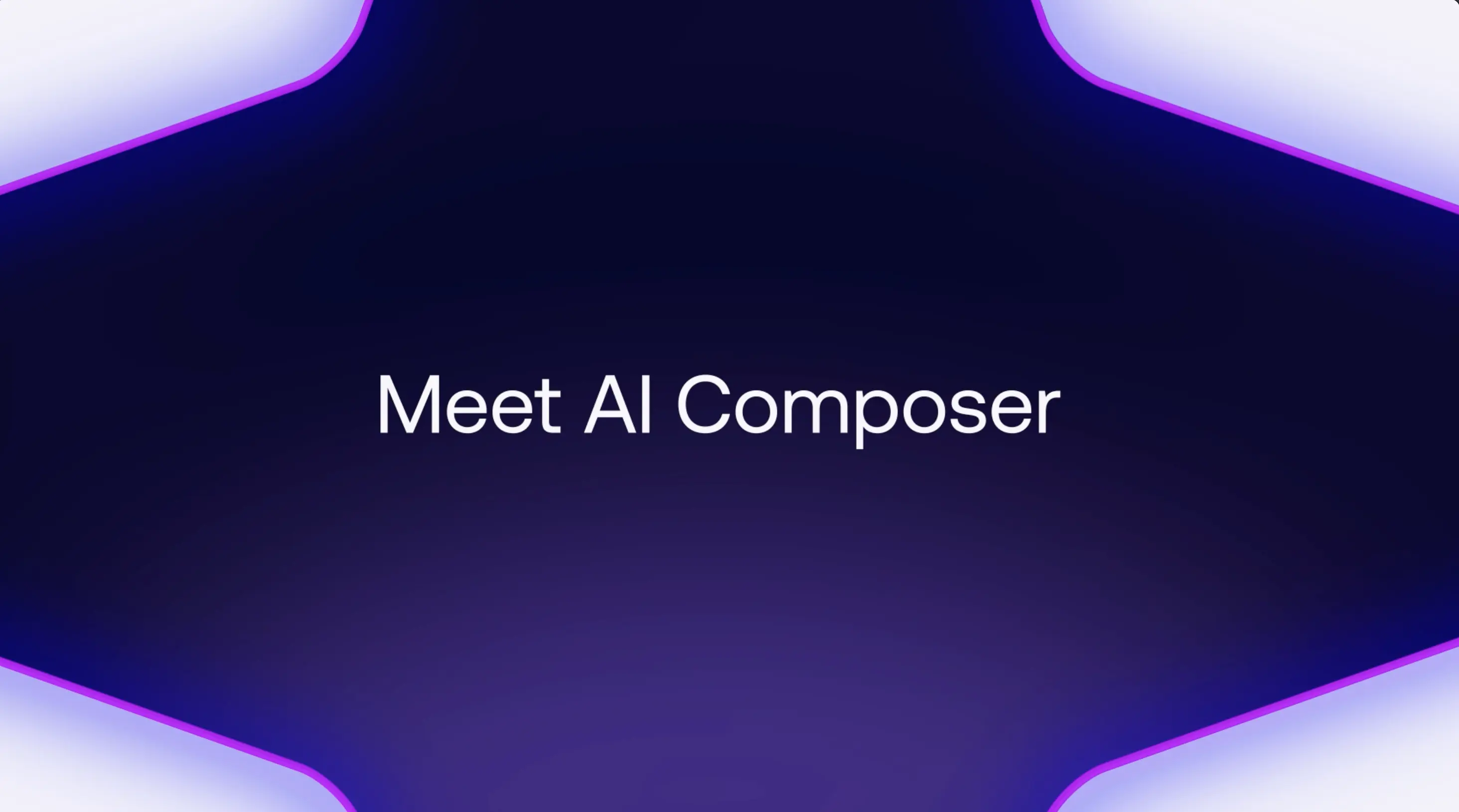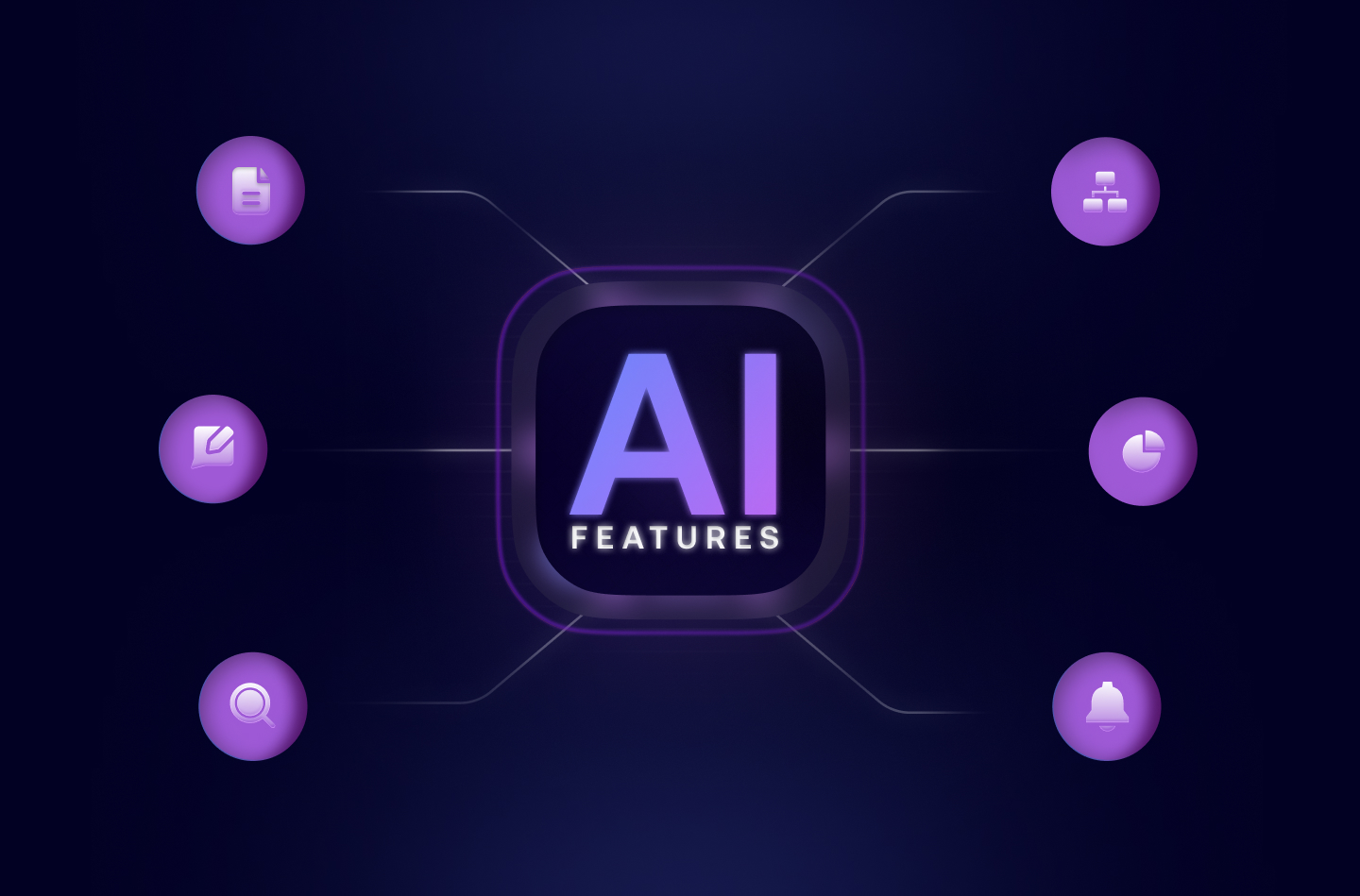Pitch decks and PDFs were once upon a time the staples in the sales toolkit – they’re easy to send, tidy to store, and good for one thing: presenting But they fall short at telling you anything back.
And that’s the problem.
If you’re relying on PowerPoint files, static PDFs or shared drives to move a deal forward, you’re missing the critical half of the equation: insight. Once that file is downloaded or opened, it vanishes into a black hole. You’re left guessing who read what, when, and how they responded.
Static files vs dynamic sales pods
Let’s break it down.
Cons of PDFs and pitch decks:
- No engagement tracking or analytics
- Easily ignored or lost in inboxes
- Can't adapt in real time
- One-size-fits-all, not tailored to the buyer journey
- Large files
- If the prospect downloads the file and not looking at the live one - it's already outdated
- Time consuming to persoanlise
Pros:
- Familiar and quick to create
- Easy to attach and send - providing you don't have them saved as V1, V2, V5 FINAL, V7 this one.
Now compare that to the experience of using trumpet’s Digital Sales Rooms. Not only are you delivering beautifully branded content, but you’re also gathering sales intelligence as your buyer interacts with it.
In contrast, a digital sales room – like a trumpet Pod – offers dynamic, real-time tracking that shows you:
- Who’s viewing what
- When they’re engaging
- What content resonates
- Which stakeholders are truly involved
- Customise your Pod within seconds using the brands URL
- Connect in the Pod via live chat, huddles, videos, share screen instantly
Why it matters
B2B sales is about timing, relevance and therefore visibility is everything. You need tools that move as fast as your deals – and that means retiring static content for interactive, trackable, buyer-focused Pods.
To read more information about Digital Sales Rooms vs PDFs and Pitch Decks vs Sales Pods here.

.svg)
.svg)
.svg)
.svg)
.svg)
.svg)
.svg)
.svg)
.svg)
.png)
.svg)
.svg)
.svg)
.svg)

.svg)
.svg)
%201.svg)
.svg)
%201.svg)



.svg)


















![How to Get Started with Buyer Enablement [With Examples]](https://cdn.prod.website-files.com/65cf4fecbed2754c2236665d/65cf4fecbed2754c22366bdb_65a5af83e742f76e34ce06f3_Customer%2520Onboarding%2520_%2520Everything%2520you%2520need%2520(2).png)
.png)



.png)



.png)











.png)


.png)


.png)
.png)







